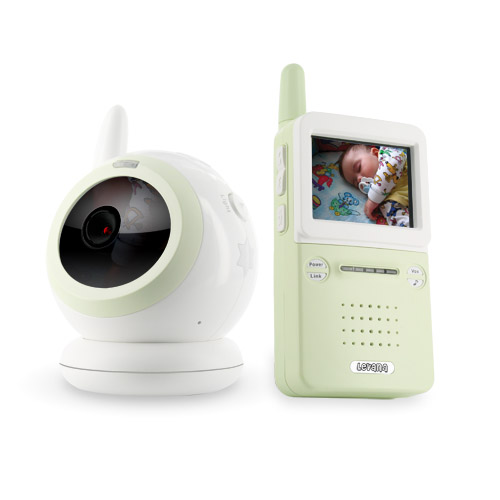 SVAT Electronics/Wikimedia Commons
SVAT Electronics/Wikimedia Commons Guest Blog entry by Cassie Phillips
With the recent, record-breaking distributed denial of service (DDoS) attacks carried out with hijacked Internet-of-Things (IoT) devices, the woeful state of IoT security and privacy finally is achieving some public recognition. Just recently, distinguished security experts testified to the U.S. House of Representatives subcommittees on the dangers of connected devices, and the rationale for government regulation to address the security risks.
But regulation is at best a long way off, if it is coming at all. It is vital that owners of these devices understand that although they may see no direct consequences of hijacked IoT devices being drafted into zombie attack networks, there are many other security and privacy issues inherent in these devices. Simply put, when we introduce connected devices into our homes and lives, we are risking our privacy and safety. Just one of the horrific risks can be seen in the use of baby monitors, nanny cams, security cameras, and similar devices.
There has been a sharp increase in incidents of hijacked baby monitors. Some of these hacked devices were abused to prank families by playing strange music. But too many have been used to spy on sleeping children—so much so that websites dedicated to streaming hijacked nanny cam views have sprung up, clearly serving the frightening hunger of some deeply disturbed predators. And in one particularly twisted case, a toddler kept telling his parents that he was frightened of the bad man in his baby monitor. To their horror, his parents discovered that it was no childish nightmare; a man was tormenting their son night after night after night through the baby monitor.
These cases demonstrate that the risks are not simply cases of anonymous breaches of privacy. The safety of children and families can be entirely violated. It is certain that eventually a predator will see enough through the eyes of a baby monitor to identify, target, and hunt a child in the real world, with tragic consequences. And what is perhaps more tragic, is that only then will lawmakers wise up to the risks and demand action. And only then will the manufacturers of these products promise to fix the problems (though certainly not without saying in their defense that because everyone else made insecure products, they’re in line with industry standards and not really to blame).
In short, though we may demand action from lawmakers or responsibility from manufacturers, at this point only parents can reasonably take any actions at all to protect their families. The knee-jerk solution may be to throw all of these devices out, but that would entirely ignore the benefits of these products and the ways in which they can still save lives. The best solutions today are for parents to take charge of the situation themselves. They can do this by purchasing more reputable products, changing their default passwords and using network security tools. Secure Thoughts (where this author is a writer) has evaluated VPN technology that can be used to minimize this abuse in the home. Parents should also remain informed and vigilant.
With the rapid development of the IoT, we’re likely to encounter new risks on a regular basis. And until there is a global (or at least national) policy regarding the security specifications of these devices, we are going to have to secure them ourselves.
About the author: Cassie Phillips is a technology blogger at Secure Thoughts who’s passionate about security. She’s very concerned about the effect the rapidly-expanding IoT will have on our privacy and safety.






 JOIN SSIT
JOIN SSIT